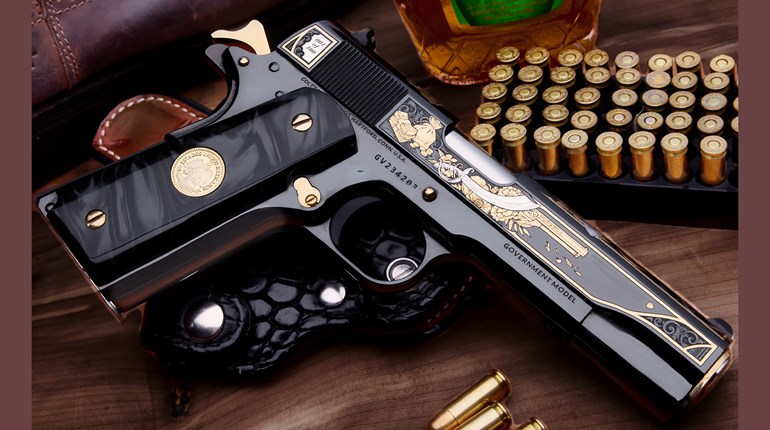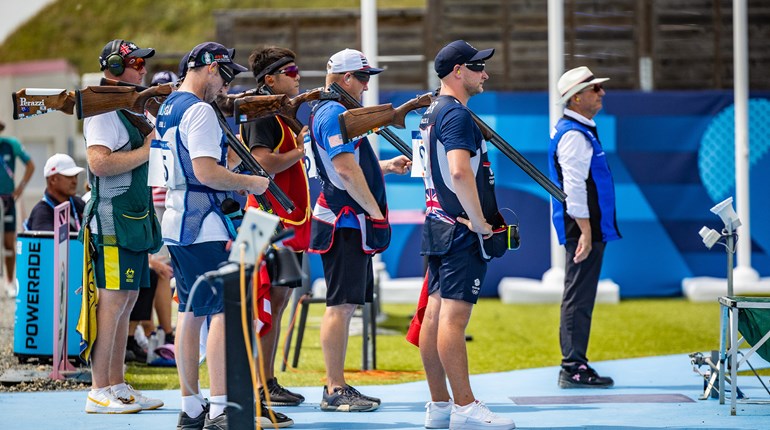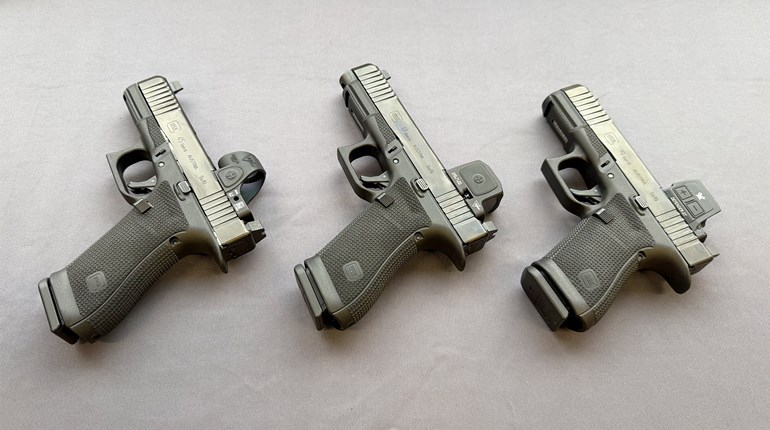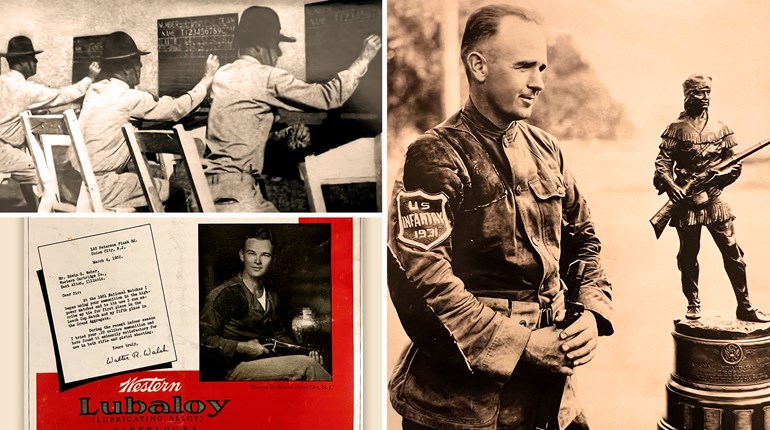
When I look through Shooting Sports USA and I see all the pictures with big time competition guns, it’s hard to visualize that these really are firearms. Back in the early 1980s, the term “race guns” was attached to the wild looking various handguns being used in the action pistol sports. Wild then, and crazy wild now. Looking at the technologically advanced super gun that was used by a U.S. gold medal winner at this year’s Olympics―I have to convince myself it really is a firearm. It looks like some kind of advanced Star Wars weapon. While nifty looking, it does not seem right for some reason and yes I know it and so many others look just like it in that lofty competition. Let me bore you with my years of experience with various forms of competition I have played and paid in.
Some comparisons
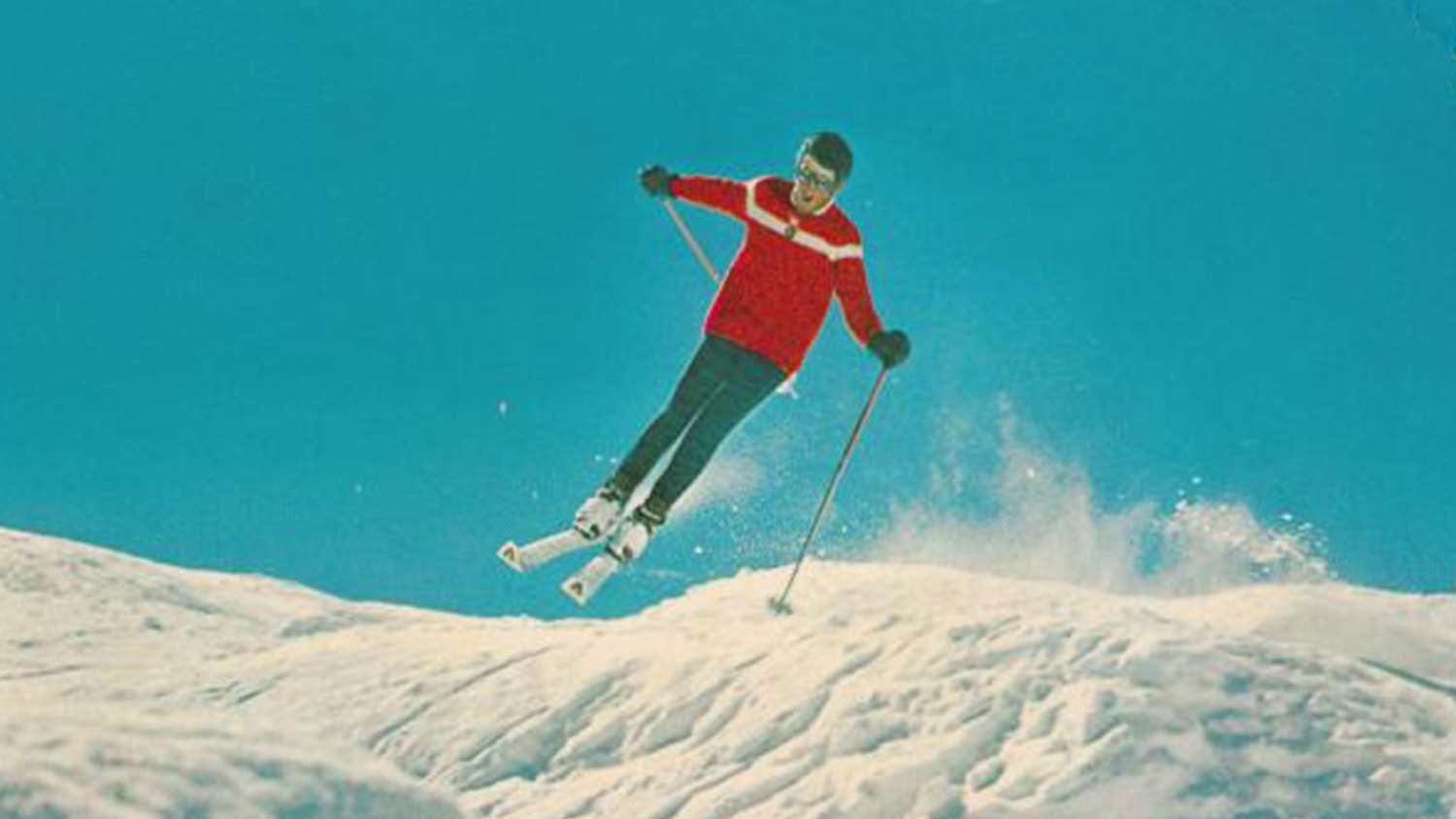
I got into skiing early on and in the 1960s was a rated racer. Back then, the hills were sort of prepared but very difficult to ski due to the fact they were basically packed by foot (if at all) and by hand pulled packers―the piston bully was just coming into being. The race courses were rutted and hard to negotiate. We used bindings that did not release, so we would not come out by accident (we were tied into the rear binding by a 200 cm. long leather strap) on stiff 225-235 cm. long skis. Back then, I had state of the art skis—made specifically for certain ski areas, which was a technological advantage.
In the mid-1970s, skiing changed. Race hills were maintained silky smooth (like pure ice). New spring-mounted slalom poles and gates gave way if hit—thus lowering the fall damage risk for skiers. After the tech war hit, slalom racers armor themselves up with shin, arm and face/mouth guards, poles and gloves with hand shields. Now, they basically ski and slam into the spring mounted poles and push them aside for a faster run through the poles―still tough to do with trees! But ski technology has also provided super short, quick turning racing skis that the average person cannot possibly use correctly, along with super boots, modified race courses, and ultra-slick clothing. The serious high-dollar tech war continues.
Another sport I liked was drag racing (gas and stock classes). In the late 1960s, the National Hot Rod Association (NHRA) started allowing racers to define the rules, and eventually it became seriously expensive to campaign a “stock car” because the rules allowed all types of very high-tech modifications and tricks. To build a truly legal winner in the “stock class” you had to spend more money than a gas-modified car―and that continues today.
The NHRA finally realized high-costs were killing the heads up classified racing part of the sport. In 1974, they created bracket racing which allows everyday drivers to serious racers to bring a car to the races and state how fast they think they will get through the quarter mile. If they go faster they are eliminated. They are paired with another car, maybe faster or slower, that makes the same decision and their stated times are entered into the starting lights based on the racer's time written on their windshield. This means anyone can go out and race. Even a stock 1980 Volkswagen van could possibly beat a 120 mph bracket race car if the stated time gets you through the winning line before the other car's stated time, and no one goes faster than their stated time.
This lowered the pay to play costs and democratized drag racing, making it not just a money game anymore. But even that has changed—there are now automatic devices that the racer (if they can afford one) can program into the car that can automatically slow it a tiny bit if the car's race computer senses it is going too quickly, and will also launch it from the starting line—depending on what the driver programs into the box.
This “easy to enter, citizen bring what you got” spirit saved the sport of drag racing and is extremely popular with both racers and spectators alike across the country, because it helped make competition affordable.
The tech war
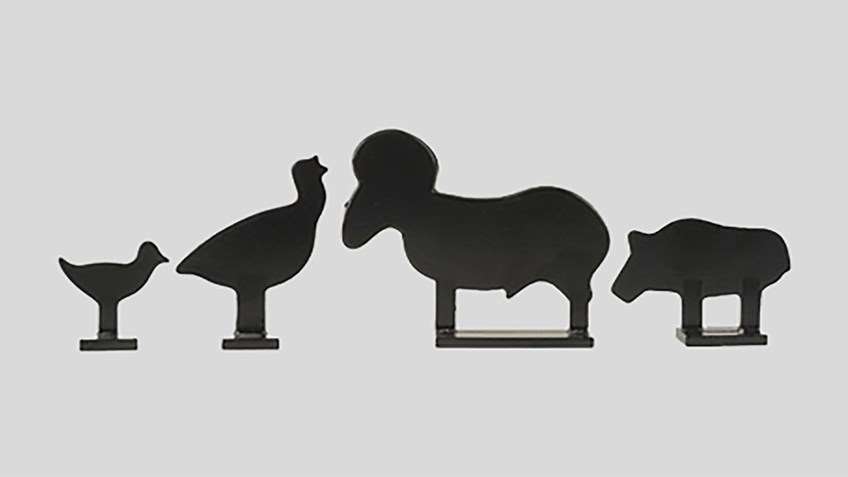
In the late 1970s I discovered National Match (NM) shooting and for a few years I did well, becoming Distinguished quickly. My second high power silhouette match was the Nationals in Raton, NM, in 1980―I won my class. I found silhouette rifle to be much easier than NM competition, as the latter required training and practice with both rapid and slow fire conditions, and also the mastery of four different shooting positions to do well. A tough, but rewarding sport, but since I was a bit lazy―silhouette was much easier.
At that time the rifles looked like rifles, and the .308 Win. was king for NM and silhouette courses. Back in 1979, to be eligible for the Distinguished award you had to fire a normal looking military specification Garand, M1A or M14 that passed an inspection. You would shoot without a shooting mat, had 10 seconds less rapid fire time than today, and used match-issued military ammo. Technology advanced rapidly, as the so-called Marine Corps M14 fat stock was approved, as well as double lugged guns. The DCM (now the CMP) rules changed and now it is much different.
Honestly, I do have a goal regarding all of this.
I shot silhouette rifle until 1990 after moving to an area far from any matches. Back in the 1980s, the rules were pretty strict. We used only thin cloth shotgun vests that offered very light shoulder protection. A hunting rifle classification meant just that―for either high power or smallbore―the rifle had to be 100 percent stock/original on the exterior, no replacement barrels or stocks. The trigger could be tuned to NRA specifications. Silhouette rifle was then the fastest growing NRA discipline, and we would get 200 shooters participating in the nationals at the NRA Whittington Center each year.
The heavy rifle (silhouette rifle category both smallbore and high power) had fairly strict appearance rules with a 10 pound, 2 ounce weight, but you could fiddle with it. Silhouette shooter Conard Bernhardt, his buddy Dennis Martinen and later, David Tubb (all gun tweakers) began the real equipment race in this sport with their .22LRs.
Bernhardt (who held incredible long run records—some existing to this day) and Martinen introduced their “bloop tube” rifles at the smallbore rifle silhouette nationals in Nebraska that year. These were .22LR caliber rifles with long, hollow aluminum tubes attached to the barrels that had weights attached to them at the far end—slowing the offhand hold swing rate of the rifle. Goofy looking things with barrels easily topping 40 inches in length. They were legal, as there was no barrel length rule and they met the weight rule. Back then, people did not protest for sport like we see nowadays.
Some years later David Tubb (a gun tweaker to this day) showed up at the state silhouette nationals in Washington with a chin shelf on his stock so he could press down with head pressure to hold the rifle steadier. His scopes were elevated with modified bases and rings to four or more inches and wildly off set to allow better head position and a steadier lower body offhand hold. Competitors copied this apparent edge-gaining and only slightly costly upgrade as fast as possible. Shortly thereafter, the chin shelves and overly long “bloop tubes” were ruled illegal and overall barrel/bloop tube length was held at 30 inches. Episodes like this caused the NRA to wisely invent the silhouette inspection box. If a rifle does not fit in the box, it is not legal.
A young woman by the name of Margaret Everhard taught all of us a lesson in Arizona in 1984 when she took the national unlimited class national high power rifle silhouette championship with a factory store bought stock .308 Remington 700 rifle. Talk about deflating a ton of macho male egos with our nifty rifles, yikes! The NRA still has a high woman award in silhouette; I don't know why, they are more than equal, just look at the winners in the last few years.
Technology and fiddling with the rules was spiraling out of control at that time―why? Back then, silhouette rifle specification rules were changed every year, so it was troublesome and costly to remain a threat at state and national levels.
The equipment race continues
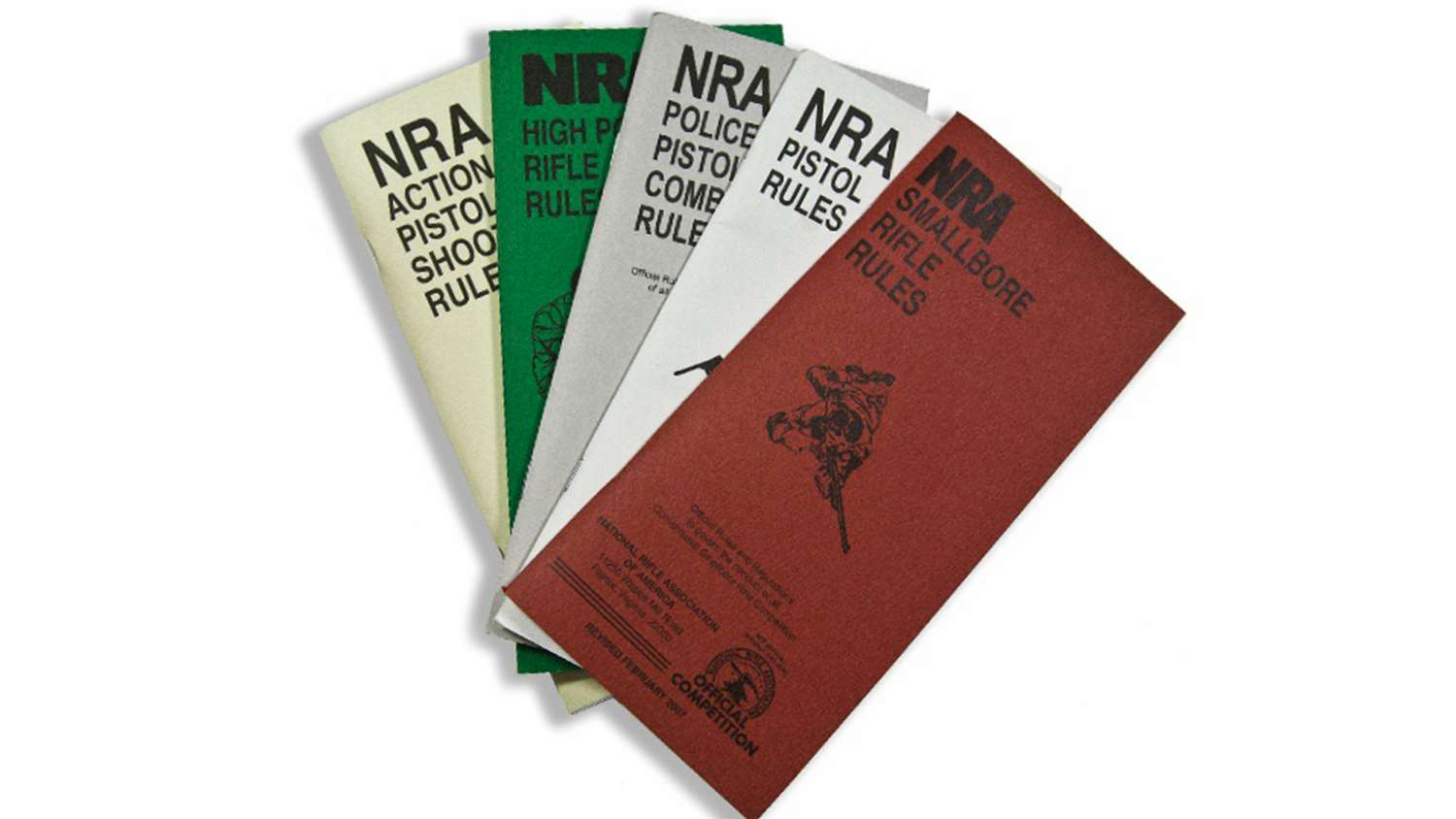
For decades at the various national championships—whether it is high power rifle, pistol, silhouette or shotgun—competitors hold a meeting with NRA officials and some members of the rules committees and voice their opinions about the rules, etc. Competitors can send in suggestions to the various NRA rules committee of their sport. It is the rules committees for the particular shooting discipline that determines any changes.
By the mid-1980s, the silhouette rules changed so often, one had to build a new 10 pound 2 ounce gun annually to be competitive. The 9 pound factory hunting high power rifle has stayed mostly the same through the last 30 years, although now you could change barrels and use glass and carbon stocks—as long as they “almost” fit the original factory profile. By the late 1980s, a new $200 (even more expensive now) heavy, long and stiff leather shooting jacket styled as a so-called sleeveless coat came into existence, and was ruled a vest―which continues today.
During this time (still a bit before cowboy silhouette existed as an official NRA sport) the .22LR rimfire 7 1/2 pound silhouette light rifle category was created (basically a modified rifle like the 10 pound gun—just lighter). Then in a couple of years it was scrapped (more cost) and 7 1/2 pound hunting rifle category was created for guns you could buy at your local store for $100-$450. At that time, the rules for this category dictated the gun must be factory original on the exterior―that too changed over the years. Then, the NRA changed the hunting rifle category to the sporting rifle category.
The long-standing rule for 7 1/2 pound weight was changed to 8 pounds—why? Specifically to accommodate a new, heavier, high-dollar Anschutz .22LR rifle specifically designed for the silhouette “sporting rifle” category. This weight rule and rifle change hugely elevated costs to be seriously competitive, without building an all-out custom sporting rifle. One of these guns now runs over $2,400! Add in the cost of a decent competition scope, bases, rings and we are beginning to talk serious money. Silhouette was once a sport you could find success in with a simple store-bought gun.
However, the equipment race continues on. I talked with an NRA official last year about the new changes in the National Match Course civilian rifles. I got a look at the across the course “bolt guns” and they are incredibly expensive, weird looking rifles that remind me of fully decked International smallbore rifles. The military category rifles used at the nationals and elsewhere are totally tweaked-out AR rifles bear little resemblance to their military counterparts. Make no mistake, this continues in both the handgun, and to some extent shotgun sports.
You name it and if allowed, we will build more and more expensive gear just to keep even―yet all we do is to keep even, since it just costs more. I call it “trying to buy points,” and others call it “pay to play,” but it’s the same thing—now people are less inclined to try it at all. The participation numbers reflect that, too.
The bottom line
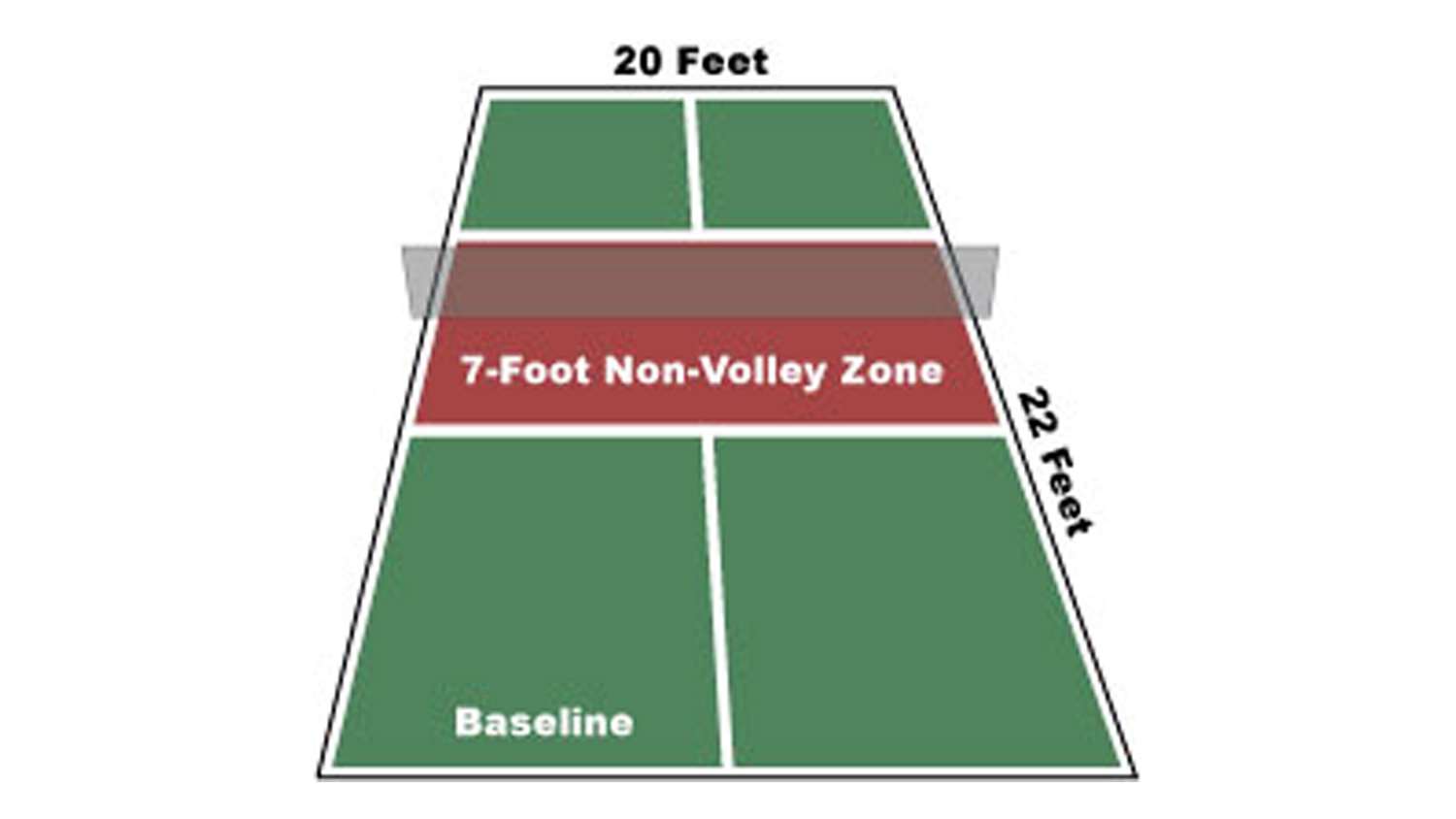
Money! Top competitors will always push the rules, it is what they do it is in their DNA, been there, done that―never cheated though. And when the rules are changed to accommodate the new ideas a good percentage of competitors will spend the money, building guns to match them. Usually, this “new gear advantage” is short lived.
The problem is that the overall cost to enter the game is elevated, sometimes a lot. What does this mean to new folks entering the sport, as well as those just too tired or financially strapped to play? They do not come into the sport and many others out of frustration just leave. This is a concern. I remember when nearly 200 people would come to the smallbore silhouette nationals. This year under 100 showed up, and the air gun silhouette nationals had only 35 in attendance.
Additionally, the numbers of competitors in a particular sport may migrate away to other shooting sports―there are a bunch, such as the still reasonably affordable NRA cowboy silhouette rifle. However, even little tweaks to those rules from year to year are changing elements of the rifles―slowly raising the price to play or not be competitive.
The Single Action Shooting Society (SASS) and some other shooting sports get it and have made very few changes to their sports. In the case of SASS, it has paid off with well over 1,000 competitors at each of their two major gatherings each year and local matches packed. The 2016 Quigley black powder long-range rifle shoot got just under 700 shooters from around the world—to compete in a simple match held on a grassy Montana plain.
So what can be done? Local folks across the country should get involved in actively promoting their favorite sport to new shooters. It is not that hard. There should be matches created for new folks to bring what they have and compete without having to spend the huge amounts of money to be “winners.” Then, if they like it, the sport will evolve. Back in the mid-1980s we invented such a sport—hunting rifle—for silhouette.
Somehow, the NRA must find a way for shooters to affordably get into the various sports, and to slow down the equipment race. If we do not do this, then the various competitions will continue to shrink as they are.
As for me, since I have no place reasonably close by (500-mile round trip to the closest one) to compete since I moved some 22 years ago (once in a rare while I will shoot a match if I am in an area where they have one). I have taken up Pickleball (sounds dumb, but look it up). Their rules are very specific, tough and rarely fiddled with—except to clarify a rule that already exists. The paddles must be from a recognized factory and any fiddling with them is illegal. It is a simple sport that uses inexpensive equipment—being called the single fastest growing sport in America.
Competitors will always push for an equipment advantage―it is in our DNA. But that push to make equipment better (and more costly to buy points) has a financial and participation price. Like taxes and spending, we have got to get this under control—or these sports will continue to suffer.













